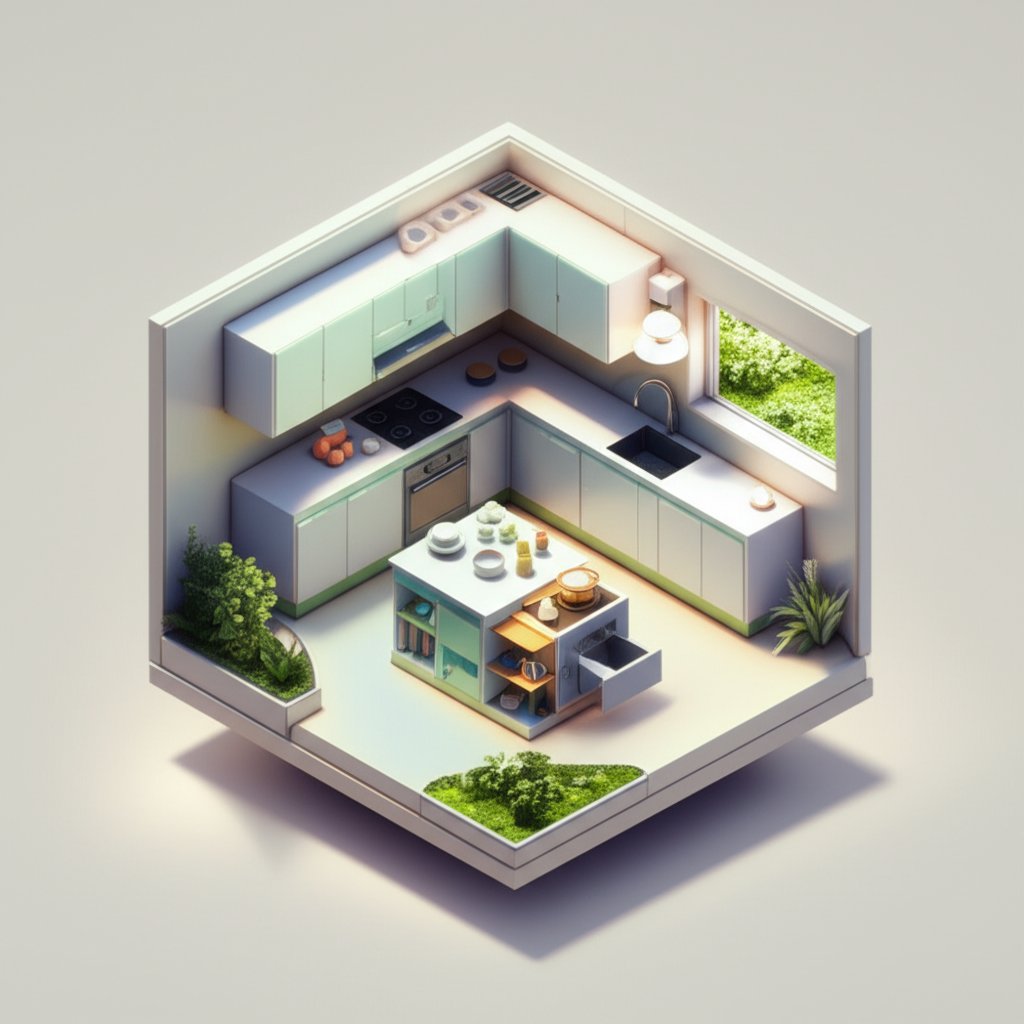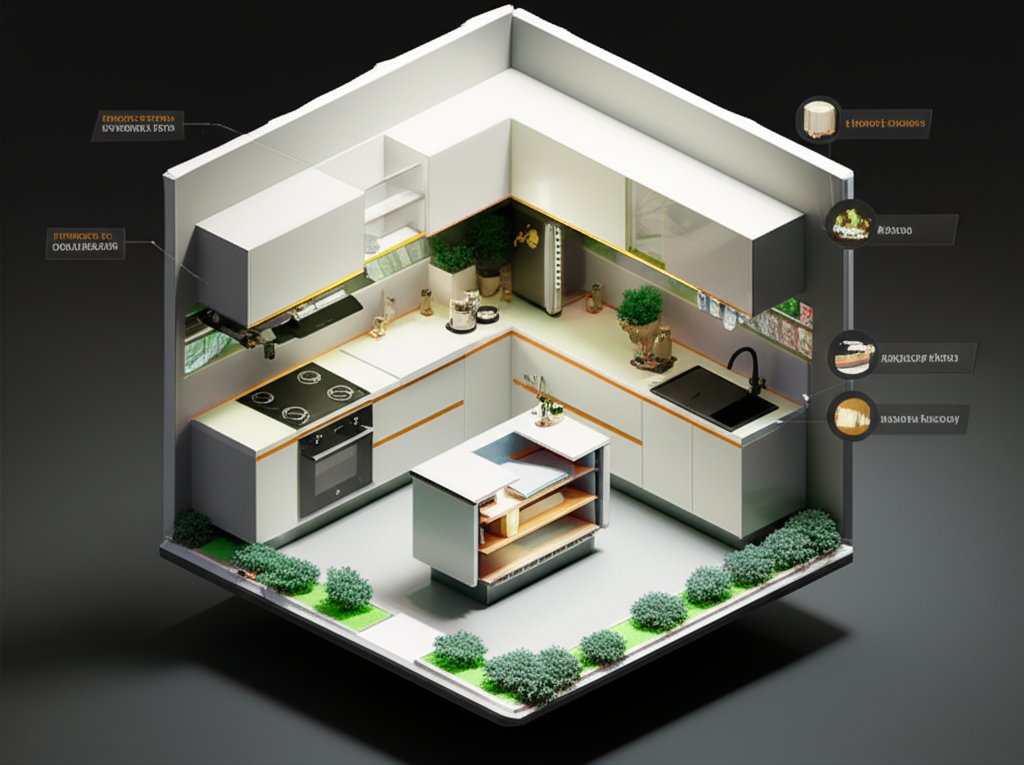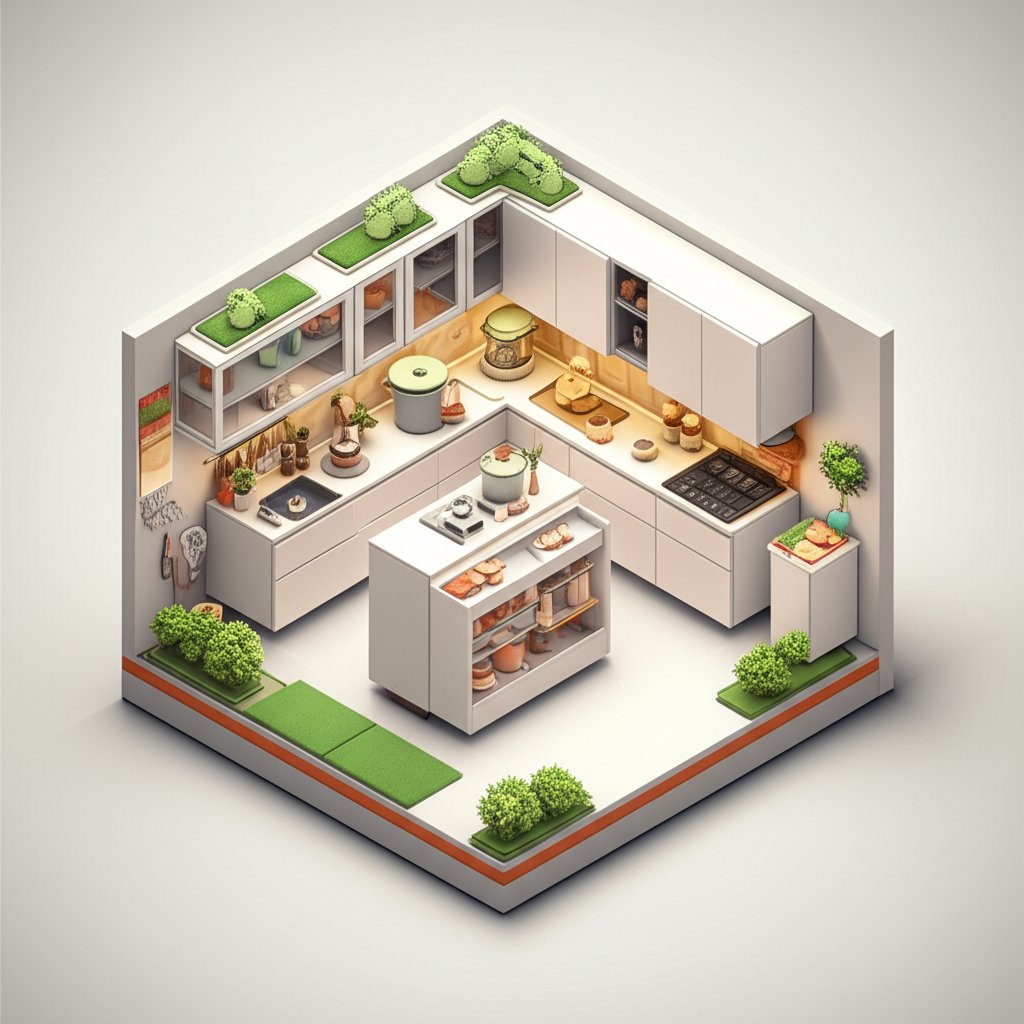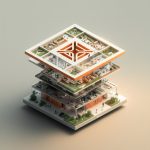The success of your kitchen island hinges on selecting the right kitchen island cabinetry. Don’t let aesthetics be your only guide; the best choices blend function, durability, and style to meet your unique needs.
At a Glance:
- Understand how your island’s purpose dictates cabinet needs (storage, seating, appliances).
- Learn which cabinet materials offer the best durability and aesthetic appeal for island use.
- Discover smart layout considerations to maximize space and workflow around your island.
- Explore design tips for creating a visually appealing island that complements your kitchen.
- Get practical advice on budget-friendly alternatives without sacrificing quality.
Function Defines Form: Matching Cabinets to Your Island’s Purpose
Kitchen islands are more than just stylish additions; they’re multifaceted hubs. Before diving into styles and finishes, clarify your island’s primary functions. This will directly influence the type of kitchen island cabinetry you need.
- Storage Powerhouse: Prioritize deep drawers, adjustable shelving, and specialized organizers for cookware, utensils, and pantry items.
- Appliance Integration: Ensure cabinets can accommodate plumbing and electrical work for sinks, dishwashers, or built-in microwaves.
- Social Hub & Dining: Opt for cabinets with open shelving or decorative panels to create an inviting look while maintaining storage. Consider legroom and comfortable seating arrangements.
For example, a keen baker might prioritize cabinets designed for storing baking sheets and stand mixers, while a family with young children might focus on easily accessible drawers for snacks and dishes.
Material Matters: Durability and Style in Kitchen Island Cabinetry
The materials you choose for your kitchen island cabinetry significantly impact its longevity and aesthetic appeal. Consider these popular options:
- Solid Wood: A classic choice offering durability and timeless appeal. Oak, maple, cherry, and walnut provide distinct grain patterns and color variations. Ideal for high-end kitchens where a natural aesthetic is desired.
- Medium-Density Fiberboard (MDF): A smooth, cost-effective surface perfect for painted finishes. A budget-friendly option that still offers a clean, modern look.
- Plywood: Offers better moisture resistance than particle board, making it ideal for kitchen environments. A practical choice for islands near sinks or dishwashers.
- Stainless Steel or Aluminum: Provides an industrial aesthetic and exceptional durability. Perfect for modern kitchens seeking a sleek, easy-to-clean surface.
According to interior designer Jean Stoffer, “Using a different color or material for your island creates a furniture-like focal point and adds visual interest to the space.”
Layout Logic: Optimizing Space and Workflow

The surrounding layout of your kitchen is a critical factor in selecting the right kitchen island cabinetry. Adequate clearance is essential for comfortable movement and workflow.
- Clearance: Aim for at least 36 inches of clearance on all sides of the island. 42-48 inches is preferable for busy kitchens with multiple cooks.
- Shape and Size: The island’s dimensions should complement the overall kitchen size and layout. The most popular kitchen island size typically ranges between 4 to 6 feet long and 2 to 4 feet wide.
- Obstructions: Ensure the island doesn’t impede doorways or walkways.
Consider narrow islands (24-30 inches wide) or rolling carts for smaller kitchens to maximize space. For more comprehensive guidance on planning your island project, see Build island cabinets yourself.
Design Details: Creating a Visually Stunning Island
Beyond functionality, your kitchen island cabinetry should enhance your kitchen’s overall design.
- Color Contrast: Consider using a different color or finish for the island cabinets to create a focal point. Many designers recommend complementary rather than identical finishes, such as white perimeter cabinets with a navy or wood-toned island.
- Hardware: Choose cabinet hardware that complements the style of your kitchen.
- Countertops: Select a countertop material that ties the island together, both visually and functionally. Quartz offers the best balance of durability, appearance, and maintenance for most homeowners. Granite, marble, butcher block, and concrete are also popular choices.
Cost-Conscious Choices: Budget-Friendly Kitchen Island Cabinetry

Achieving your dream kitchen island doesn’t have to break the bank. Explore these budget-friendly alternatives:
- Semi-Custom Cabinets: Offer a wide range of options at lower prices than fully custom cabinets.
- Cabinet Refacing: Update door fronts while keeping existing cabinet boxes.
- DIY Components: Handle demolition or painting yourself to reduce labor costs.
According to a survey by HomeAdvisor, DIY kitchen installations take on average 2.5 times longer than professional installations and may encounter more complications.
Practical Playbook: Choosing Your Kitchen Island Cabinetry
Here’s a step-by-step guide to selecting the best base cabinets for your kitchen island:
- Define Function: What will your island primarily be used for (storage, appliances, seating)?
- Measure Space: Accurately measure your kitchen to determine the ideal island size and shape.
- Choose Materials: Select durable, aesthetically pleasing materials that fit your budget.
- Consider Layout: Ensure adequate clearance around the island and avoid obstructions.
- Design Details: Choose colors, hardware, and countertops that complement your kitchen’s style.
- Explore Options: Research different cabinet styles, configurations, and features.
- Set a Budget: Determine how much you’re willing to spend on your kitchen island cabinetry.
- Get Quotes: Compare prices from different suppliers or contractors.
- Make a Decision: Choose the cabinets that best meet your needs and budget.
Implementation Tips
- Think Vertical: Maximize storage by incorporating tall cabinets or pull-out shelves.
- Utilize Corners: Employ corner cabinets with lazy Susans or pull-out organizers.
- Plan for Plumbing & Electrical: If your island will include a sink or appliances, plan for plumbing and electrical work early in the process.
- Consider Pre-Assembled Cabinets: Pre-assembled cabinets can save time and effort during installation.
Quick Answers: Addressing Common Questions
Q: What’s the best material for kitchen island cabinetry in a high-traffic family kitchen?
A: Plywood or MDF with a durable, easy-to-clean finish (like paint or laminate) is a good choice. Consider impact-resistant hardware as well.
Q: How do I maximize storage in a small kitchen island?
A: Utilize pull-out shelves, deep drawers with dividers, and vertical storage solutions. Consider a narrower island to maximize walkway space.
Q: What’s the average cost of kitchen island cabinetry?
A: Expect to invest $3,000-$10,000 depending on size, materials, and features. Basic islands start around $3,000, while custom designs with high-end materials and built-in appliances can exceed $10,000.
Q: Can I use regular base cabinets for a kitchen island?
A: Yes, but you’ll need to consider the unfinished back. Purchase a decorative end panel or skin to cover the exposed side of the cabinet, creating a finished look.
Take Action Today: Design Your Dream Kitchen Island
Selecting the perfect kitchen island cabinetry is a crucial step in creating a functional and beautiful kitchen. By carefully considering your needs, budget, and style preferences, you can design an island that enhances your space and improves your daily life. Start by defining your island’s purpose, measuring your space, and exploring different cabinet options. With careful planning and execution, you can achieve your dream kitchen island.
- Glass Tile Shower Ideas to Create a Stunning Bathroom Space - December 7, 2025
- Glass Wall Tile Ideas for Kitchens and Bathrooms - December 6, 2025
- Glass Tile Bathroom: Create a Beautiful, Easy-Clean Space - December 5, 2025










